How DAM Systems Enhance Collaboration Across Teams

Introduction
Collaboration is the lifeblood of any successful business. Whether it's marketing launching a new campaign, design refining visuals, or product teams coordinating updates, seamless teamwork ensures everything runs smoothly. However, achieving true collaboration is easier said than done. Miscommunication, disorganized assets, and outdated files often slow teams down. This is where Digital Asset Management (DAM) systems step in to save the day.
A DAM system centralizes, organizes, and simplifies access to digital assets, enabling teams to collaborate efficiently across departments. With features like integration with existing tools and centralized storage, DAM software transforms the creative process and helps businesses thrive.
What is a DAM System?
Before diving into its collaborative benefits, let’s clarify what a DAM system is. A Digital Asset Management system is a tool that stores, organizes, and manages digital assets like images, videos, presentations, documents, and other creative files. It acts as a central location where teams can securely access, update, and share these assets.
Think of a DAM as a library for your digital content. But unlike a traditional library, it has powerful tools like metadata tagging, search functionality, version control, and access control settings that make managing and accessing assets fast and simple.
For growing teams and businesses, a DAM system is more than just a convenience—it’s a necessity for ensuring team collaboration and effective communication.
Common Collaboration Challenges Across Teams
When teams work in silos, collaboration suffers. Here are some of the most common challenges businesses face:
Scattered Resources
Teams often store assets across different tools, cloud drives, and local folders. Finding a specific image or document becomes a time-consuming treasure hunt.Restricted Access
Limited or delayed access to critical files disrupts workflows, especially when one team depends on another for assets.Duplicate Work
Without centralized storage, teams may unknowingly recreate files or work on outdated versions, wasting time and effort.Version Confusion
Without version control, teams may use outdated files, leading to errors in campaigns, designs, or product updates.
These challenges not only slow progress but also frustrate teams. A DAM system addresses these issues, fostering smoother workflows and better communication during the creative process.
How DAM Systems Enhance Cross-Department Collaboration
Let’s break down the key ways DAM systems boost collaboration:
1. Centralized Storage for Digital Assets
A DAM system acts as a single source of truth for all your digital assets. Instead of hunting through emails, folders, or drives, teams can access everything they need from one centralized platform.Marketing teams can find approved brand visuals for campaigns.
Designers can access updated creative briefs and templates.
Product teams can locate the latest documents for updates.
2. With access control settings, you control who sees, edits, or downloads files, ensuring sensitive assets are protected while promoting transparency.
3. Integration with Project Management Tools
DAM systems streamline workflows by integrating seamlessly with project management tools like Trello, Slack, or ClickUp. Teams can tag colleagues, leave comments, or request approvals directly within the DAM platform, enhancing collaboration.4. Enhanced Version Control
Ever had a team use an outdated file? DAM systems solve this with version control, ensuring teams always work with the latest version while retaining access to previous ones if needed.5. Effective Communication Across Teams
By centralizing assets and simplifying workflows, DAM systems enhance communication across departments. Teams spend less time searching for files or waiting for approvals and more time focusing on content creation.6. Faster Project Turnarounds
With streamlined processes and centralized storage, DAM systems speed up project timelines. This efficiency is crucial for businesses juggling multiple campaigns or projects.
How Orbitype’s DAM Solution Drives Collaboration
At Orbitype, we understand the challenges teams face during the creative process. Our DAM solution centralizes your content, enhances workflows, and ensures teams collaborate seamlessly across projects.
With features like advanced search, version control, integration with project management tools, and flexible API capabilities, Orbitype’s DAM solution adapts to your team’s unique needs.
Conclusion:
Effective communication and team collaboration don’t happen by chance. A DAM system bridges gaps, enabling teams to work smarter, not harder. By centralizing access, improving workflows, and eliminating inefficiencies, DAM systems create a foundation for seamless cross-department collaboration.
Ready to empower your teams and streamline your workflows? Explore the benefits of a DAM system today with Orbitype’s solution!
Read more
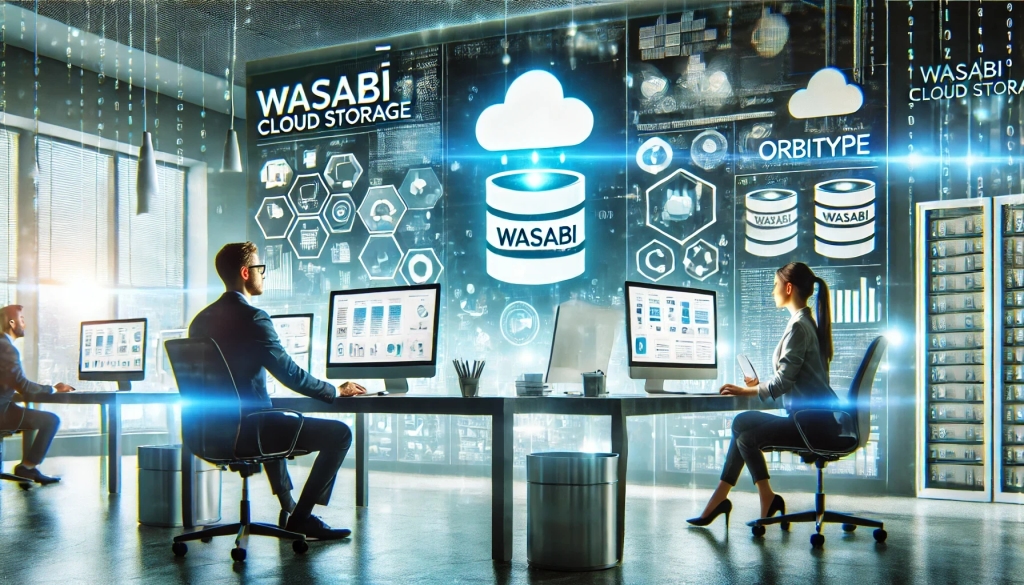
Seamless Data Management: Integrating Wasabi Cloud Storage with Orbitype
Boost your CMS performance with Wasabi Cloud Storage and Orbitype integration. Learn how this cost-effective, scalable solution enhances data management and delivers exceptional results.
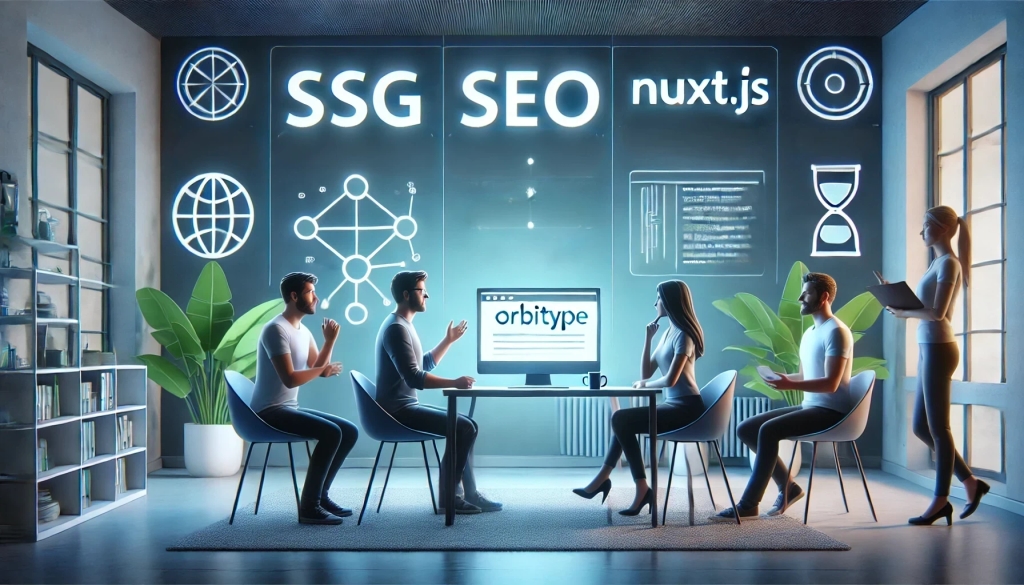
Integrating Orbitype with Nuxt.js for Optimal Performance and SEO
Leveraging Orbitype, a robust headless CMS, with Nuxt.js, a Vue.js framework, provides developers a powerful solution for building fast, SEO-optimized websites. This blog post explores how the integration of Orbitype and Nuxt.js harnesses the benefits of static site generation (SSG) and server-side rendering (SSR), thanks to Orbitype's API-driven content management system.
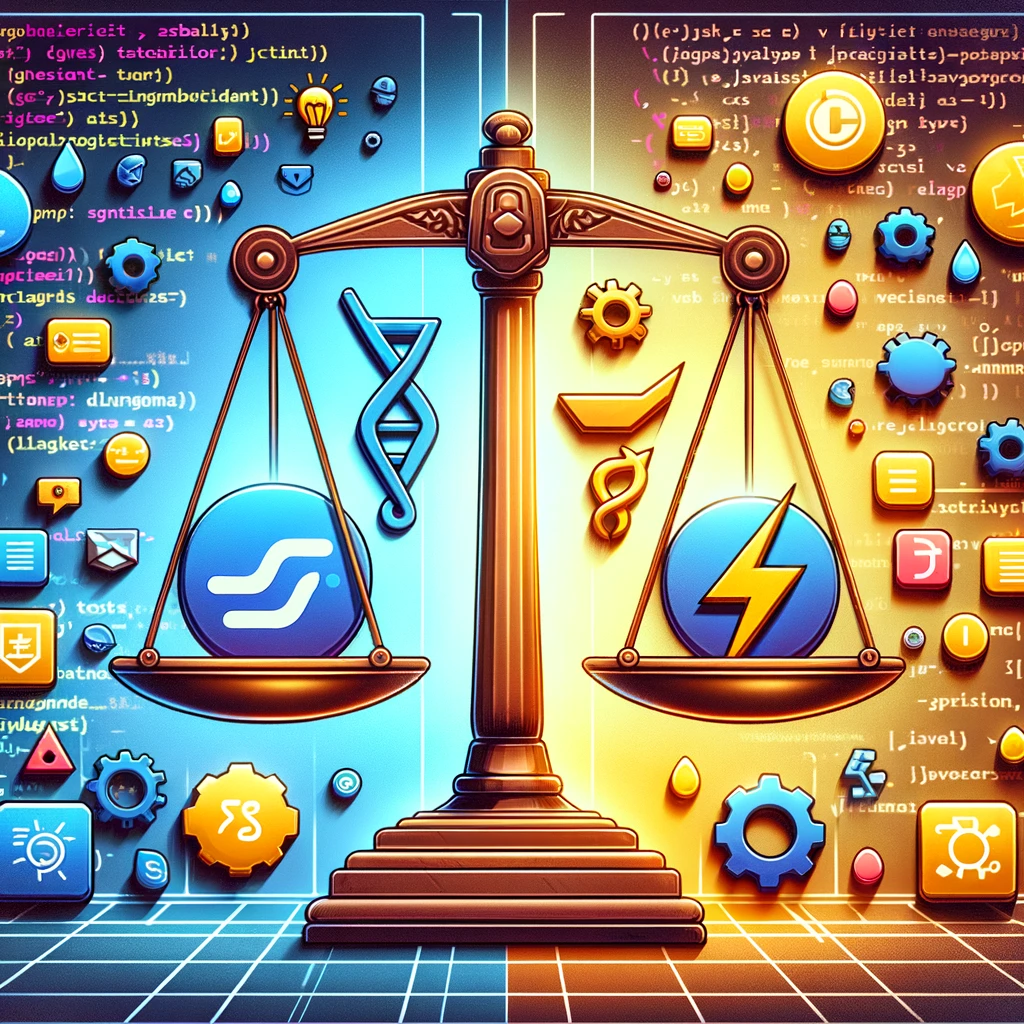
TypeScript vs. JavaScript
Discover the synergy between TypeScript and JavaScript for web development. Learn how Orbitype supports Nuxt CMS, headless CMS for Nuxt, and future-ready digital trends.
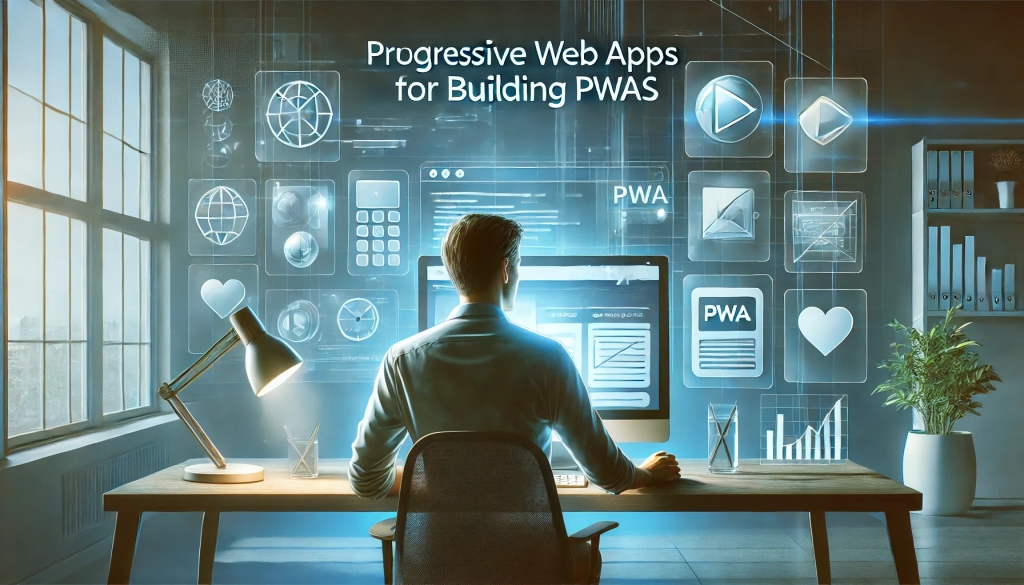
Building Progressive Web Apps (PWAs) with Orbitype
Explore how Orbitype enhances Progressive Web Apps (PWAs) with optimized performance, offline capabilities, and seamless content management for superior user experiences.
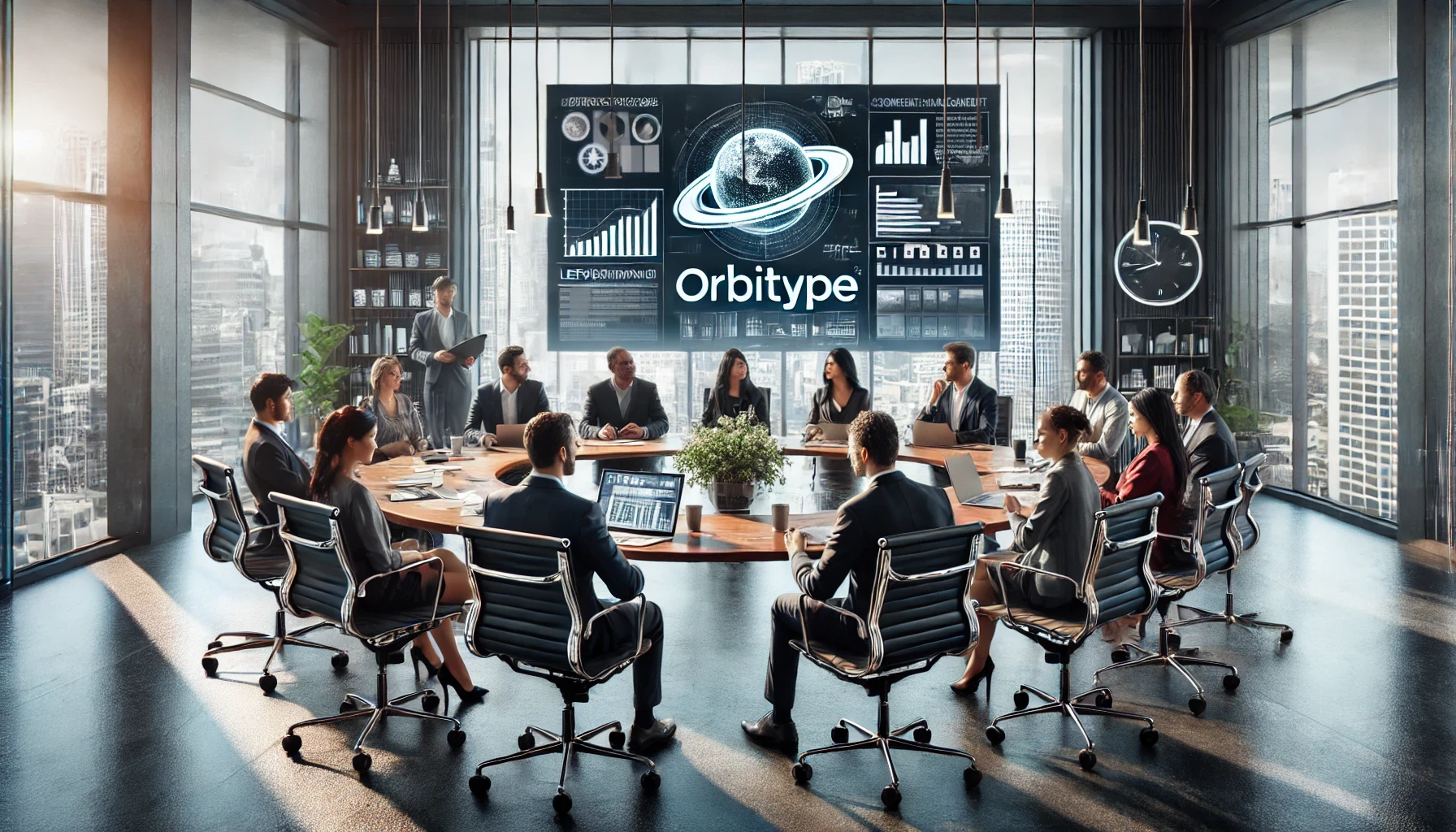
Leveraging Orbitype for Efficient Content Management in E-Commerce
nhance your e-commerce performance with Orbitype CMS. This scalable headless CMS simplifies content management, boosts SEO, and seamlessly integrates with Shopify, WooCommerce, and Magento for dynamic, flexible solutions.

Mastering Third-Party Integrations with a Headless CMS for Efficient Workflows
Streamline workflows and scale your business with seamless third-party integrations using Orbitype's flexible headless CMS—designed for efficiency, automation, and growth.
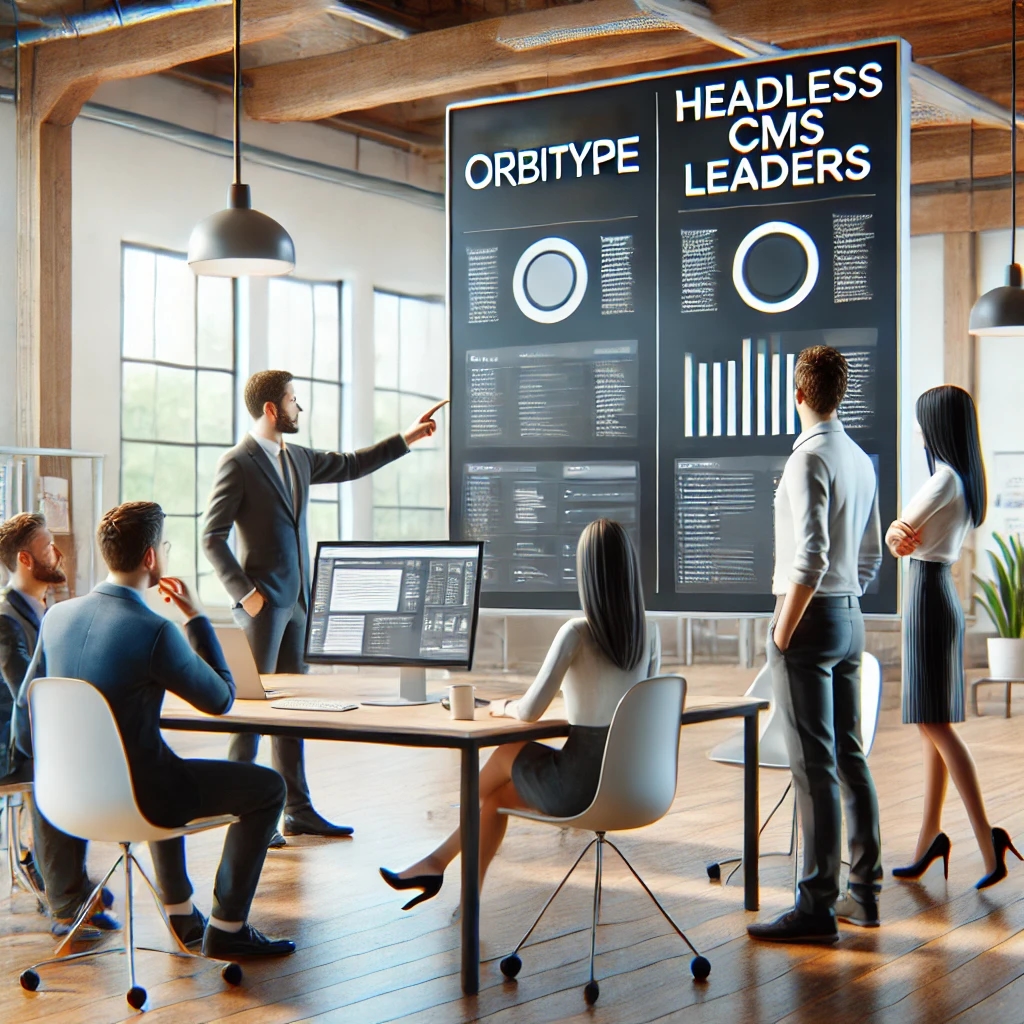
How Orbitype Compares to Headless CMS Leaders in 2025
Struggling to choose the best CMS? Discover how Orbitype compares to headless CMS leaders in 2025, solving complexity and scalability challenges with ease. Try Orbitype!
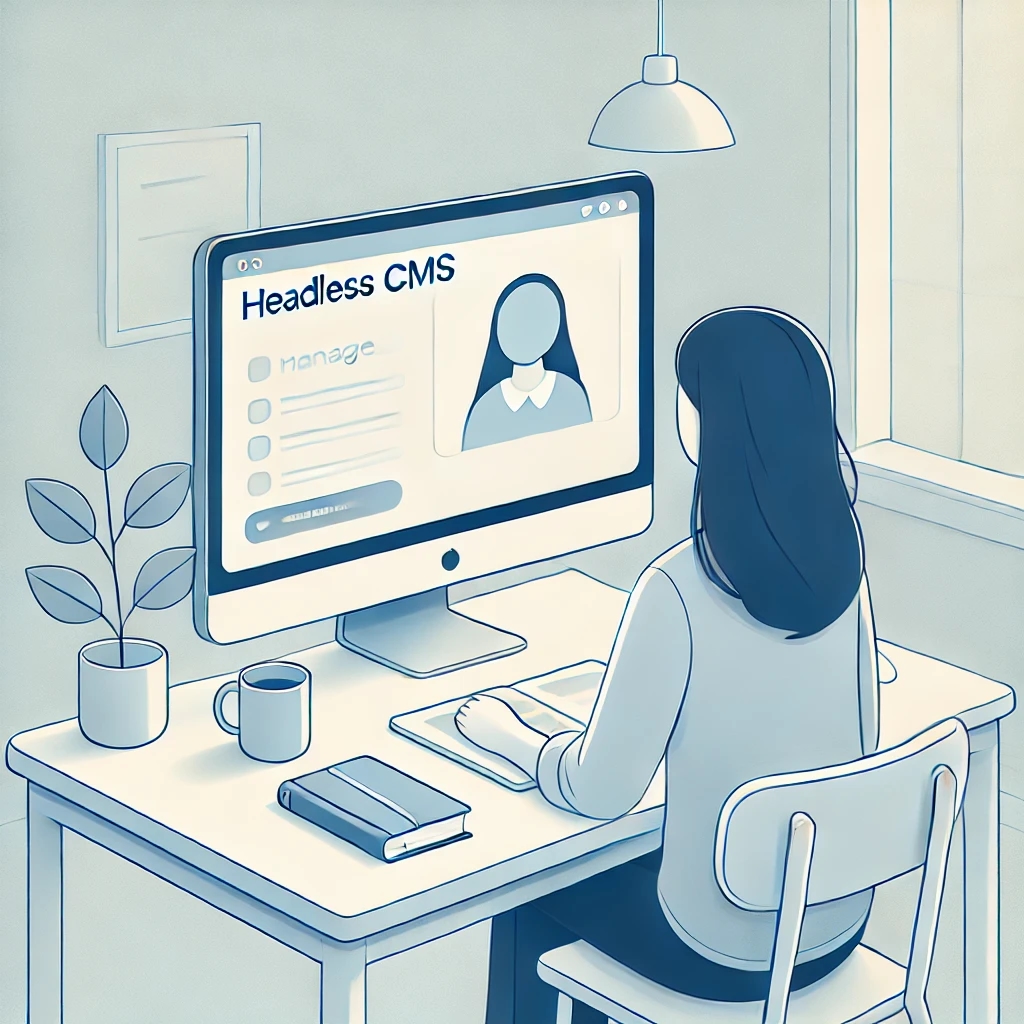
How Educational Institutions Benefit from Headless CMS for Online Learning
Enhance online learning with a Headless CMS. Discover how centralized content management, scalability, and seamless multi-channel access can transform educational platforms.
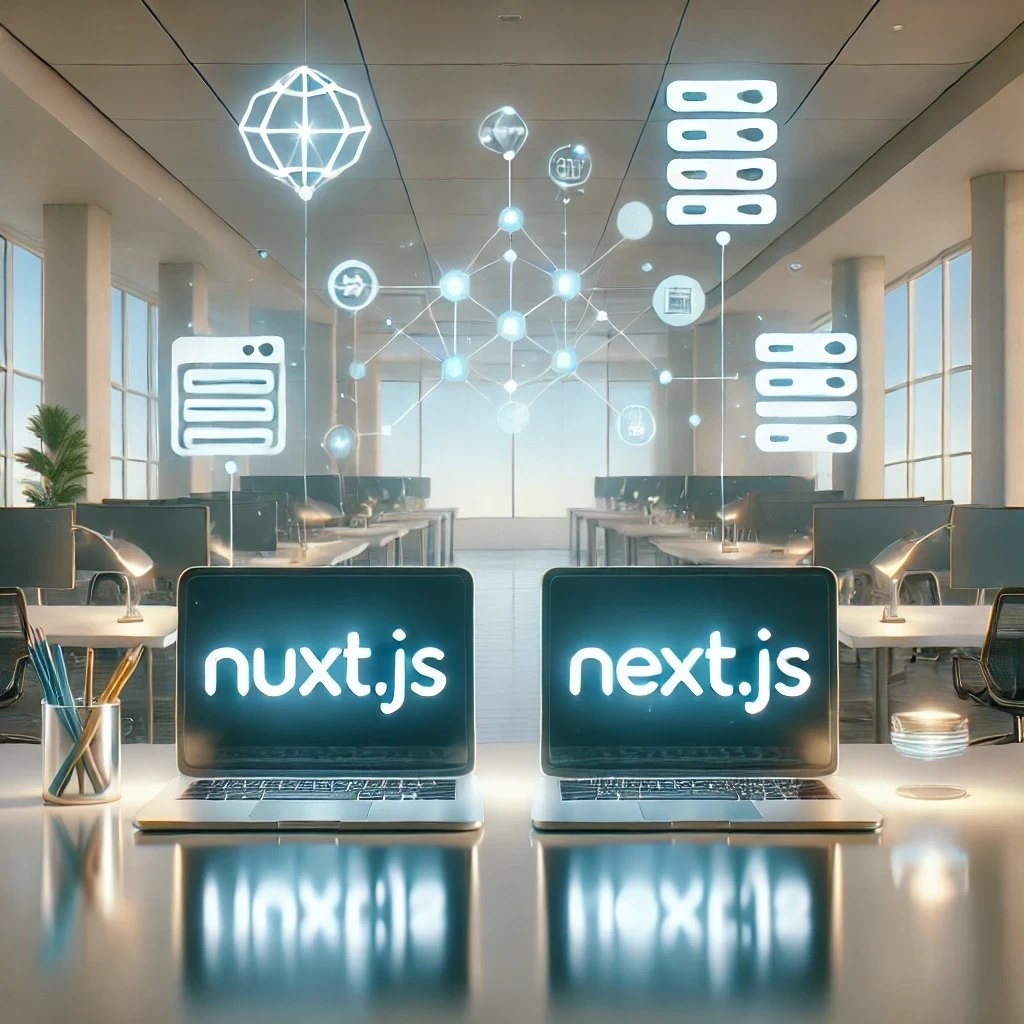
Nuxt vs Next: Which Framework Works Best with Headless CMS?
Compare Nuxt.js and Next.js to find the best frontend framework for your Headless CMS. Discover which offers better performance, scalability, and flexibility for dynamic web projects.
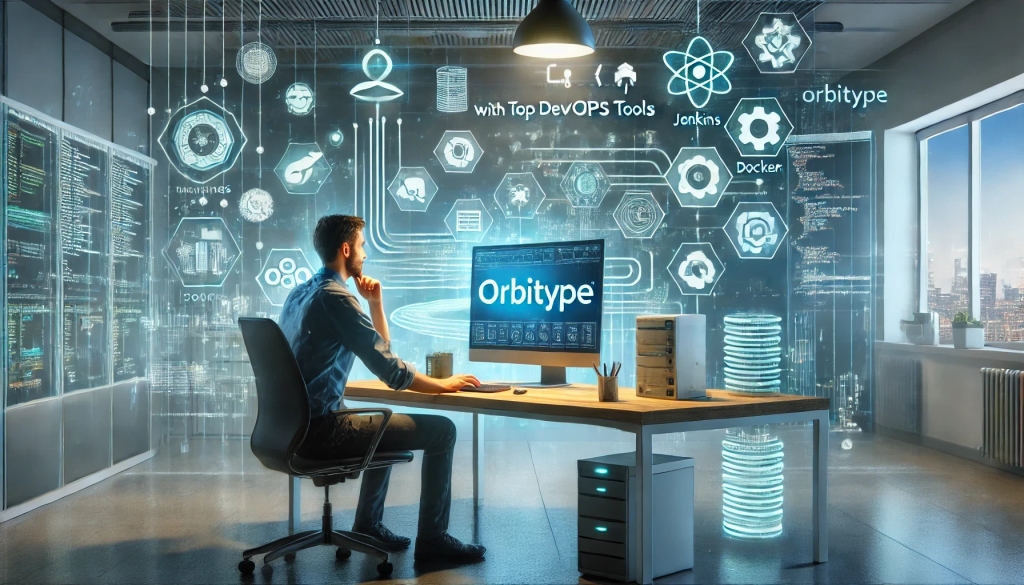
Streamlining Development: Integrating Orbitype with Top DevOps Tools
Discover how to integrate Orbitype with leading DevOps tools like Jenkins, Docker, and Kubernetes. Learn best practices for automating deployments, containerizing Orbitype, and scaling efficiently while streamlining workflows for continuous integration and delivery.
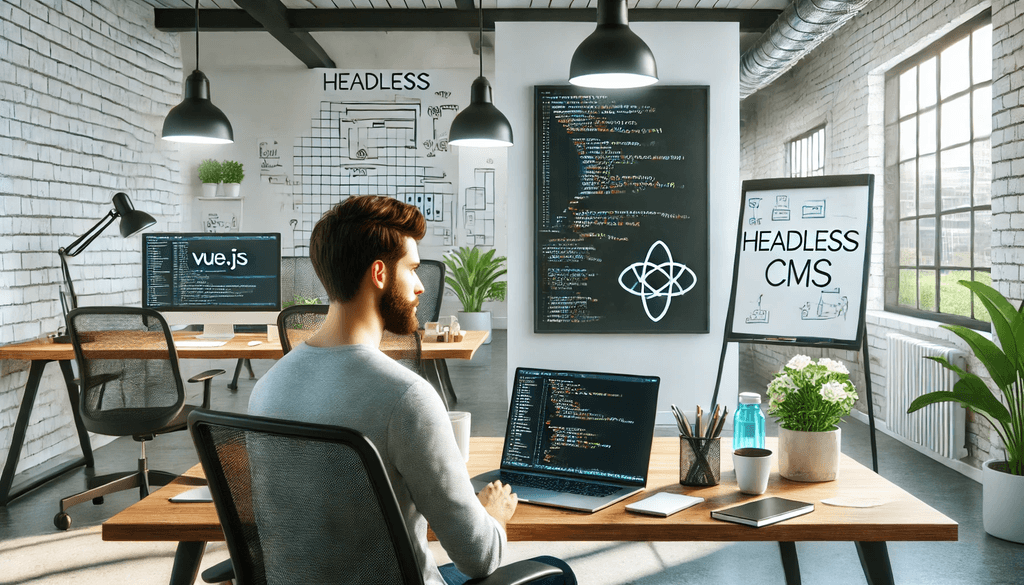
Building High-Performance Vue Apps with a Headless CMS
Discover how to optimize Vue.js apps with a Headless CMS for high performance, scalability, and SEO. Learn best practices and tools for creating dynamic web apps.

SQL or NoSQL: What's Best for Mobile Applications Using Orbitype?
Explore Orbitype, the ultimate headless CMS for React developers, offering seamless content management, enhanced performance, and flexibility to create dynamic web applications with ease. Learn how Orbitype simplifies workflows and boosts productivity.
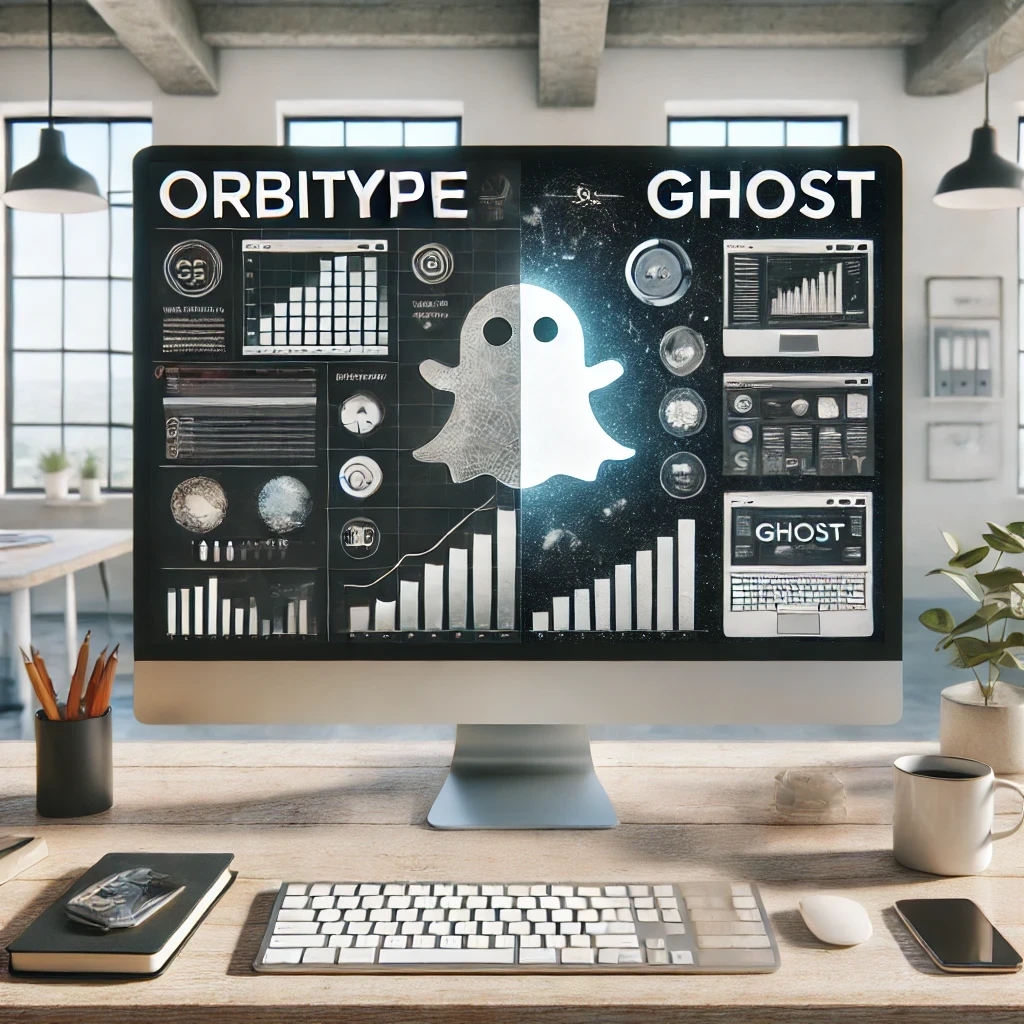
Comparing Orbitype and Ghost: Best CMS for Blogging in 2025
Compare Orbitype and Ghost to find the best CMS for blogging in 2025. Discover which platform suits your goals, from scalability to simplicity and dynamic content
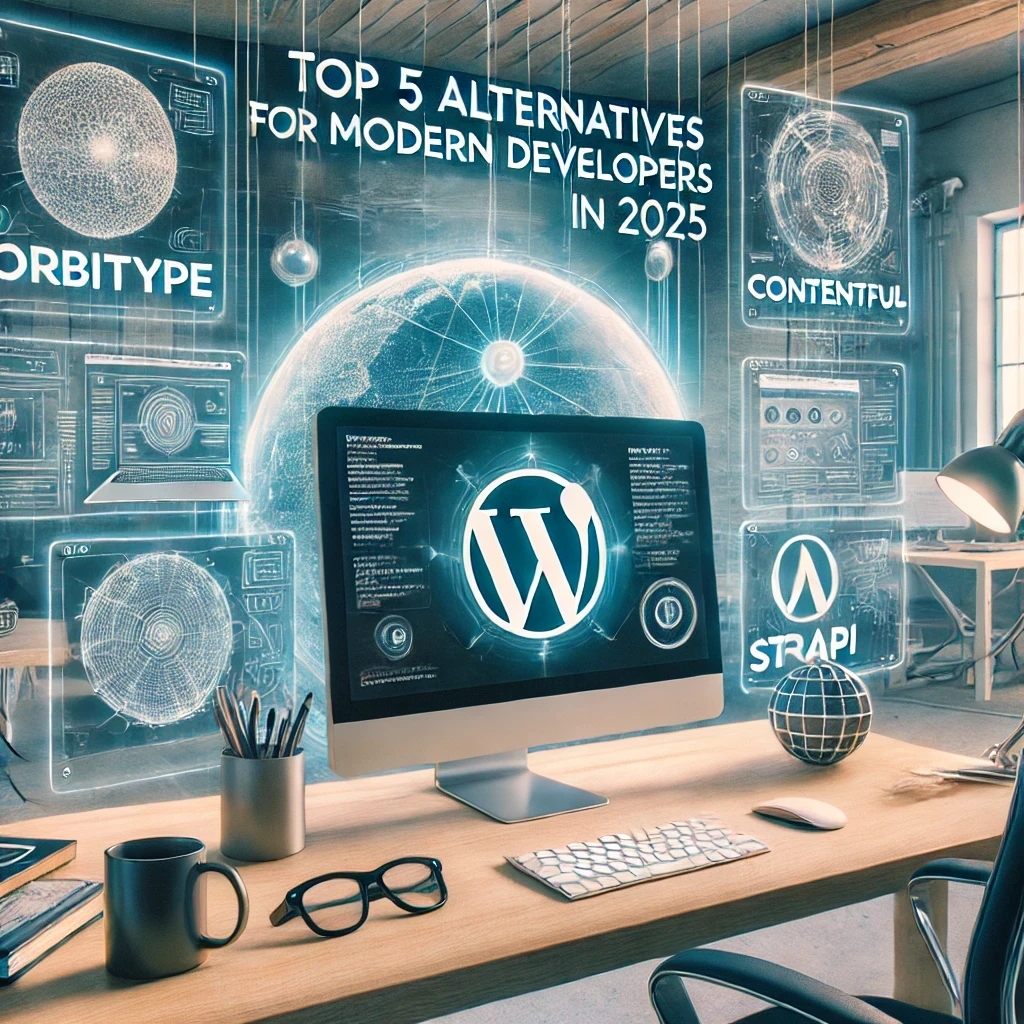
Top 5 Alternatives to WordPress for Modern Developers in 2025
Discover the top WordPress alternatives for 2025, including Orbitype, Contentful, and Strapi. Explore modern CMS platforms offering scalability, flexibility, and cutting-edge tools for developers.

Security and Compliance in Headless CMS: Focus on Orbitype
Explore headless CMS security with Orbitype: advanced authentication, data encryption, and compliance with GDPR & CCPA. Learn best practices for secure CMS operations.

10 Tips for Optimizing Core Web Vitals in Headless CMS Websites
Discover 10 actionable tips to optimize Core Web Vitals for Headless CMS websites. Improve performance, SEO, and user experience with these essential strategies.
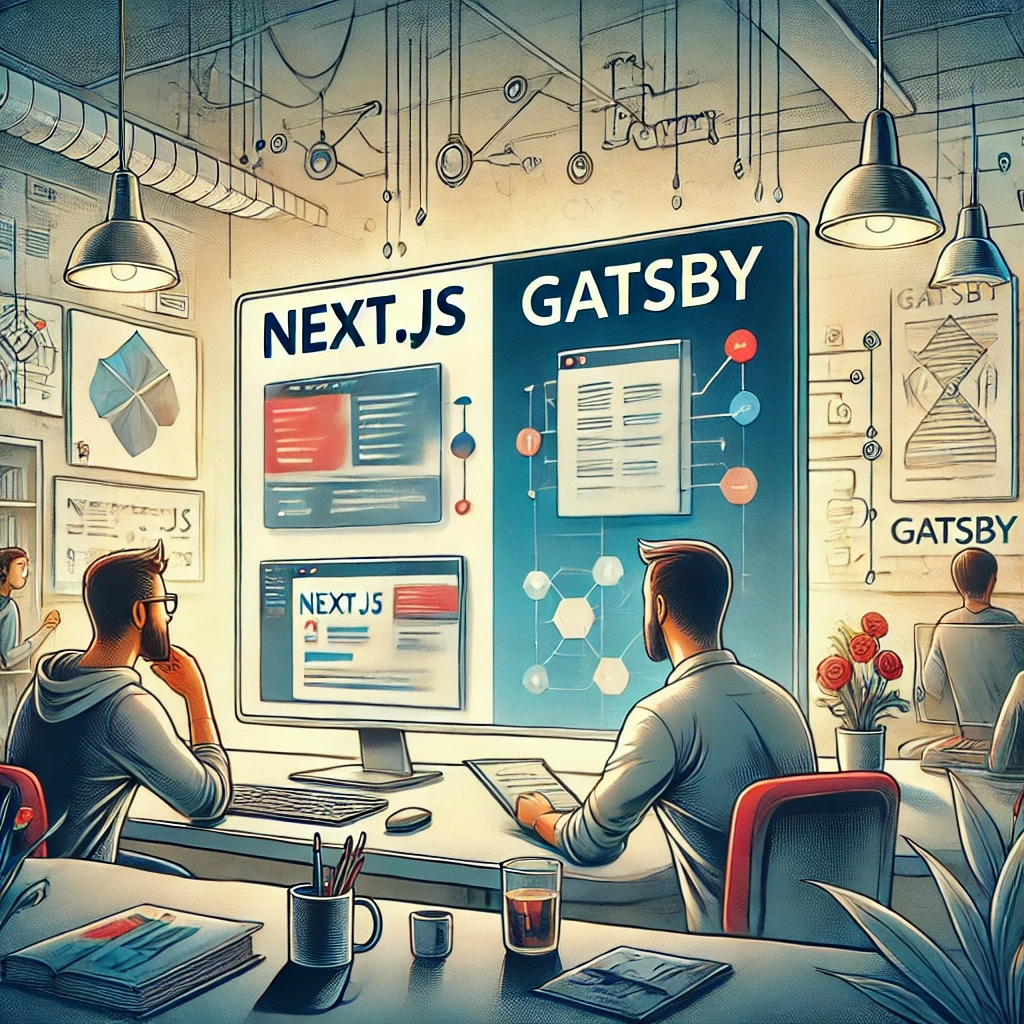
Next.js vs Gatsby: Which Works Best With a Headless CMS?
Choosing between Next.js and Gatsby can be challenging when working with a Headless CMS. This guide breaks down their strengths and helps you decide which framework works best for your dynamic or static content needs.

CMS for Vue.Js - Orbitype Headless CMS
Explore Orbitype, the best Headless CMS for Vue.js, offering seamless API integration, dynamic content management, and unmatched performance for interactive front-end development.
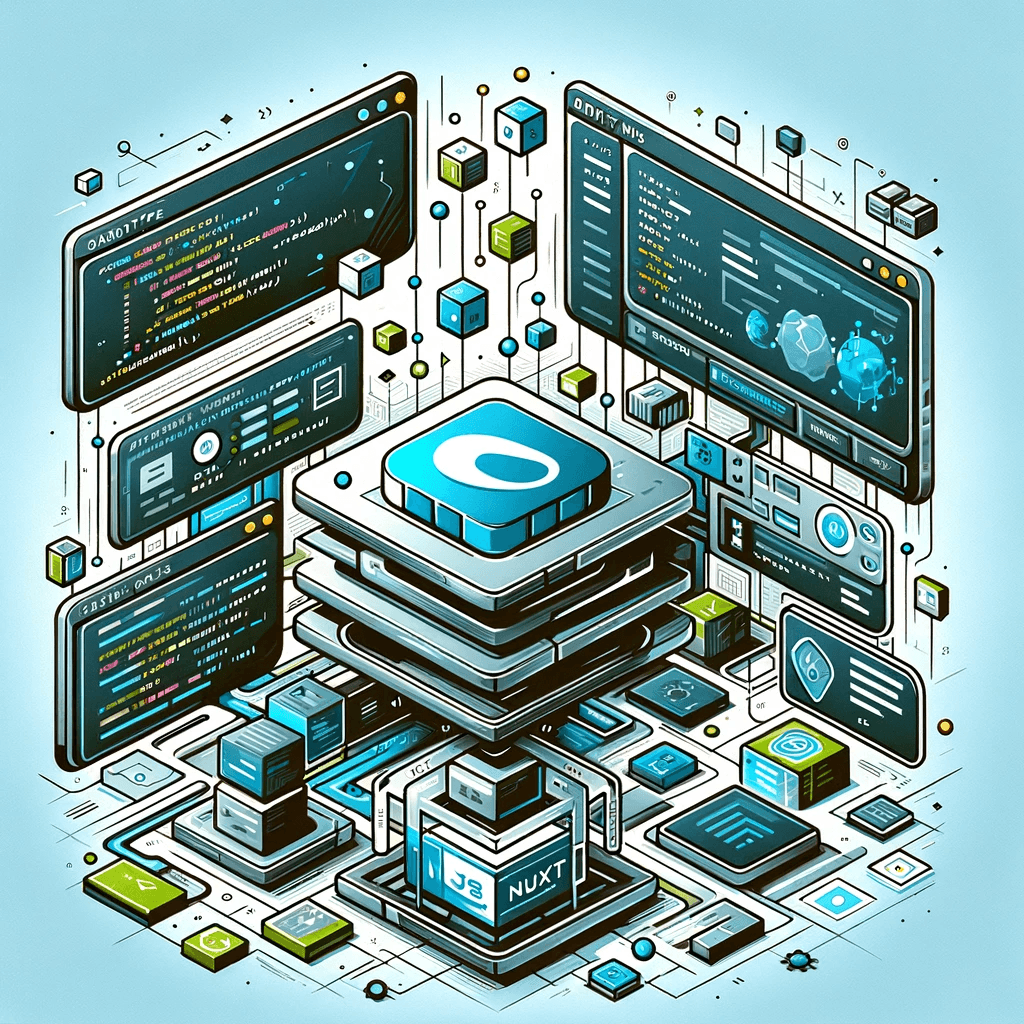
CMS for Nuxt - Orbitype Headless CMS
Optimize your Nuxt.js projects with Orbitype, the API-first Headless CMS offering scalable content management, multimedia repositories, and enhanced SEO for modern web applications.
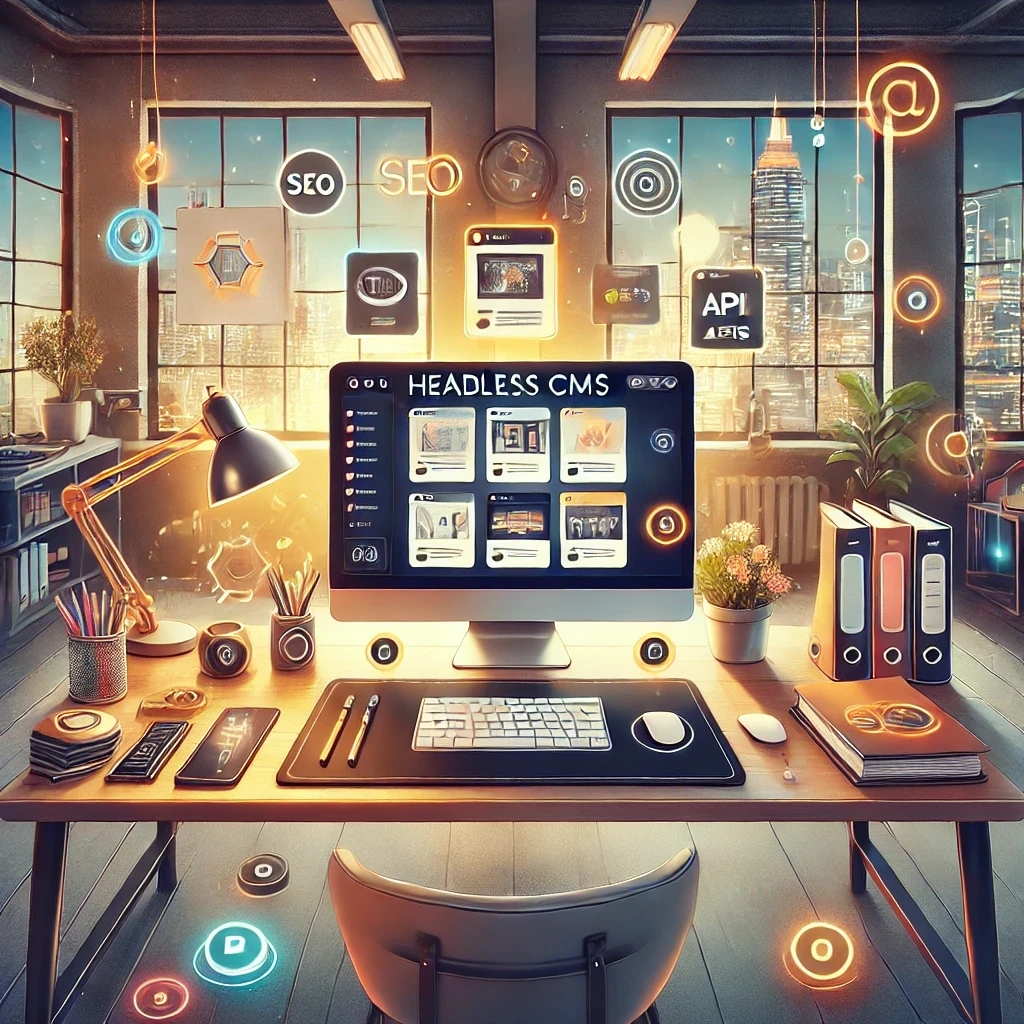
Best Headless CMS Solutions for Portfolio and Personal Websites
Showcase your work with ease using Orbitype—the ultimate Headless CMS for portfolio and personal websites. Enjoy seamless integration, powerful customization, and SEO-friendly features designed for creators and developers.
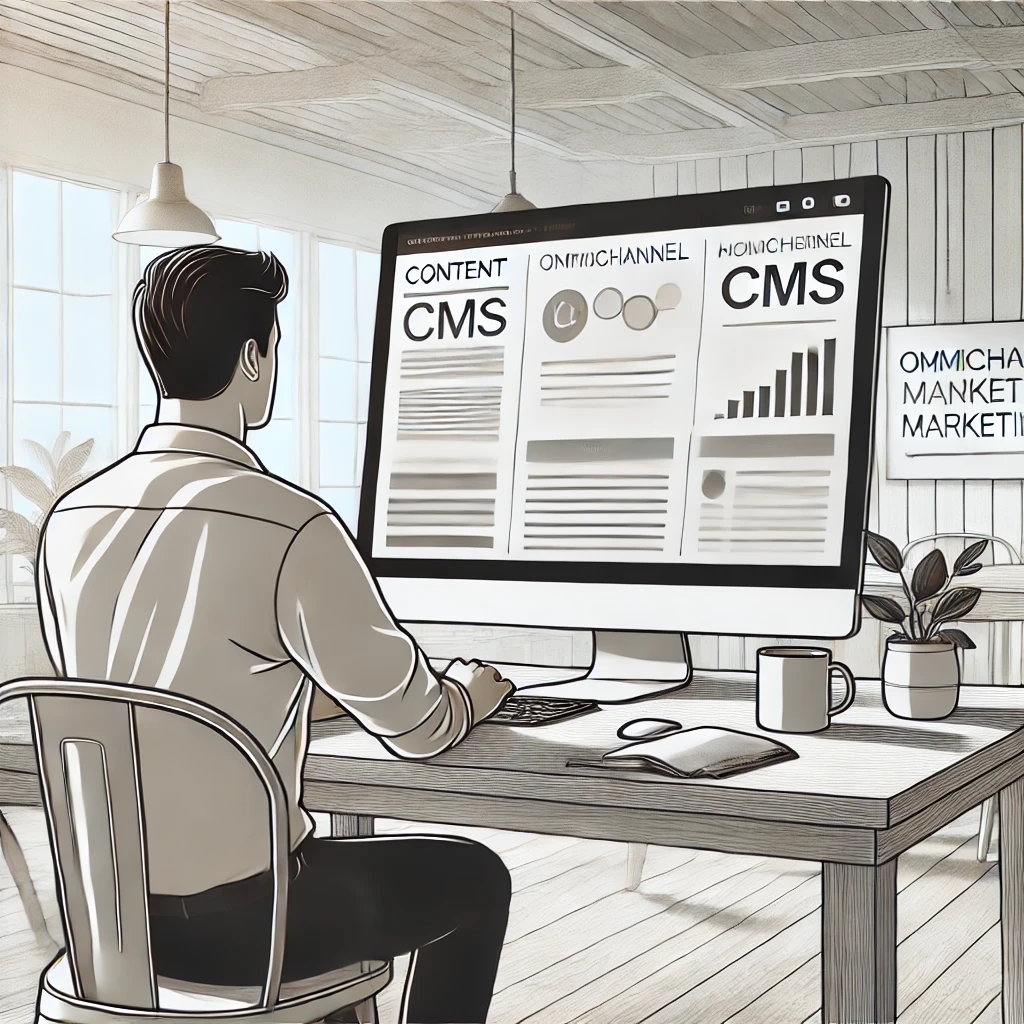
How Headless CMS Empowers Omnichannel Marketing Strategies
Boost your omnichannel marketing strategy with a Headless CMS. Centralize content management, deliver personalized customer experiences, and ensure consistency across platforms.
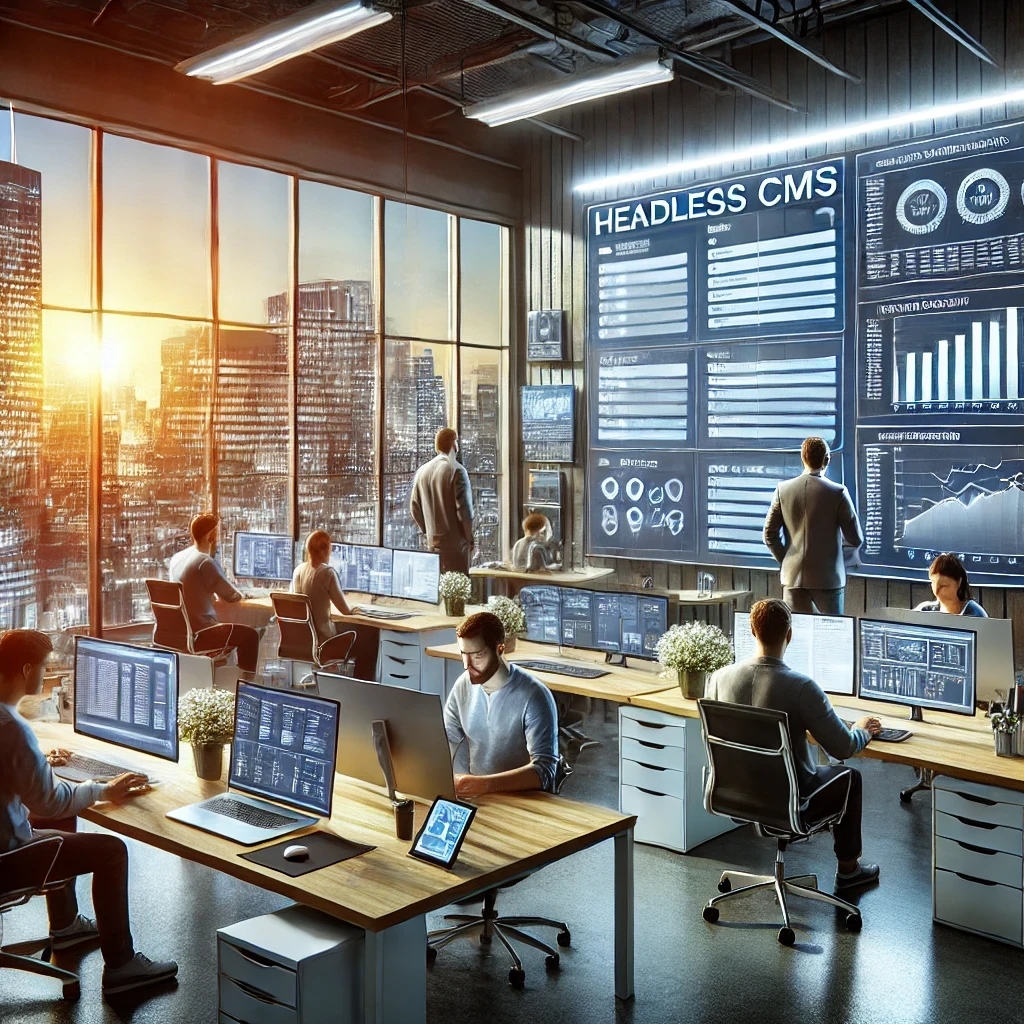
How to Scale Your Website with a Headless CMS for High Traffic
Scale your website effortlessly with a headless CMS like Orbitype—achieve faster load times, seamless scalability, and reliable performance during high-traffic surges
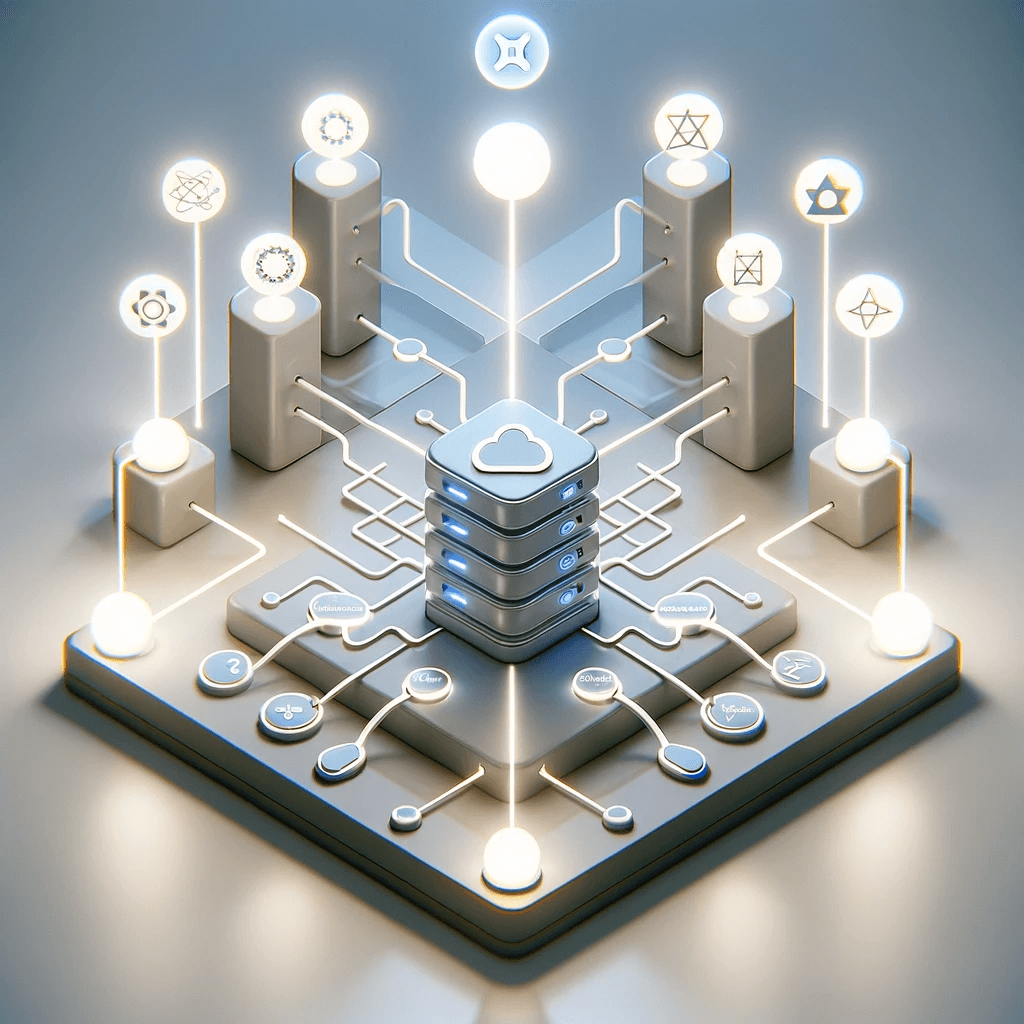
CMS for React - Orbitype Headless CMS
Orbitype is the ideal CMS for React developers, combining seamless API integration, flexible content management, and scalability to create fast, dynamic, and customizable web applications effortlessly.
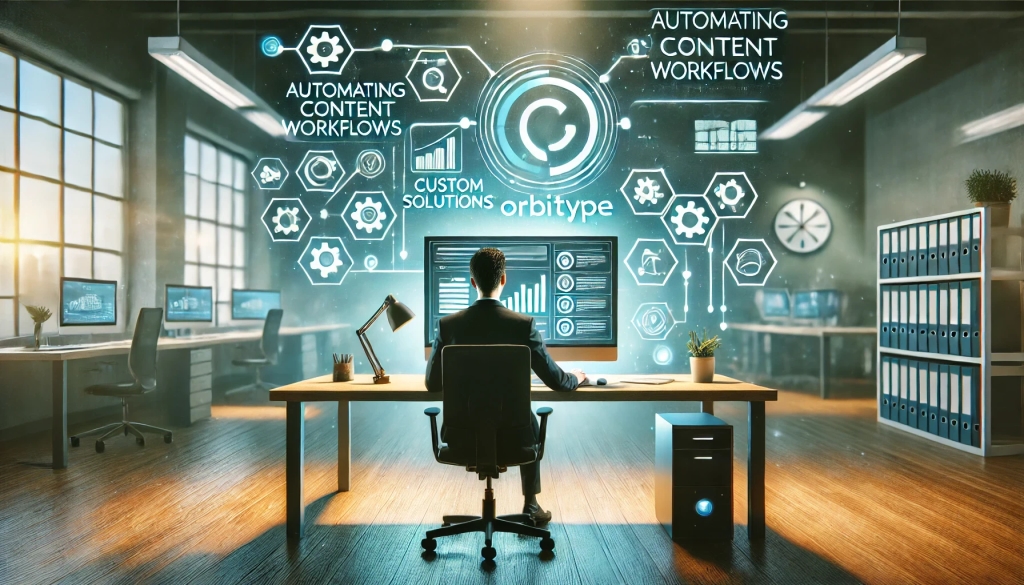
Automating Content Workflows with Orbitype’s Custom Solutions
Discover how Orbitype's custom CRM and ERP solutions revolutionize content workflows. Automate processes, reduce manual tasks, and improve productivity for software development agencies with tailored tools for seamless collaboration and efficiency.